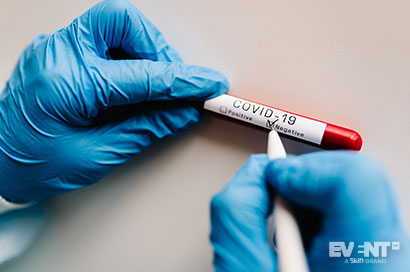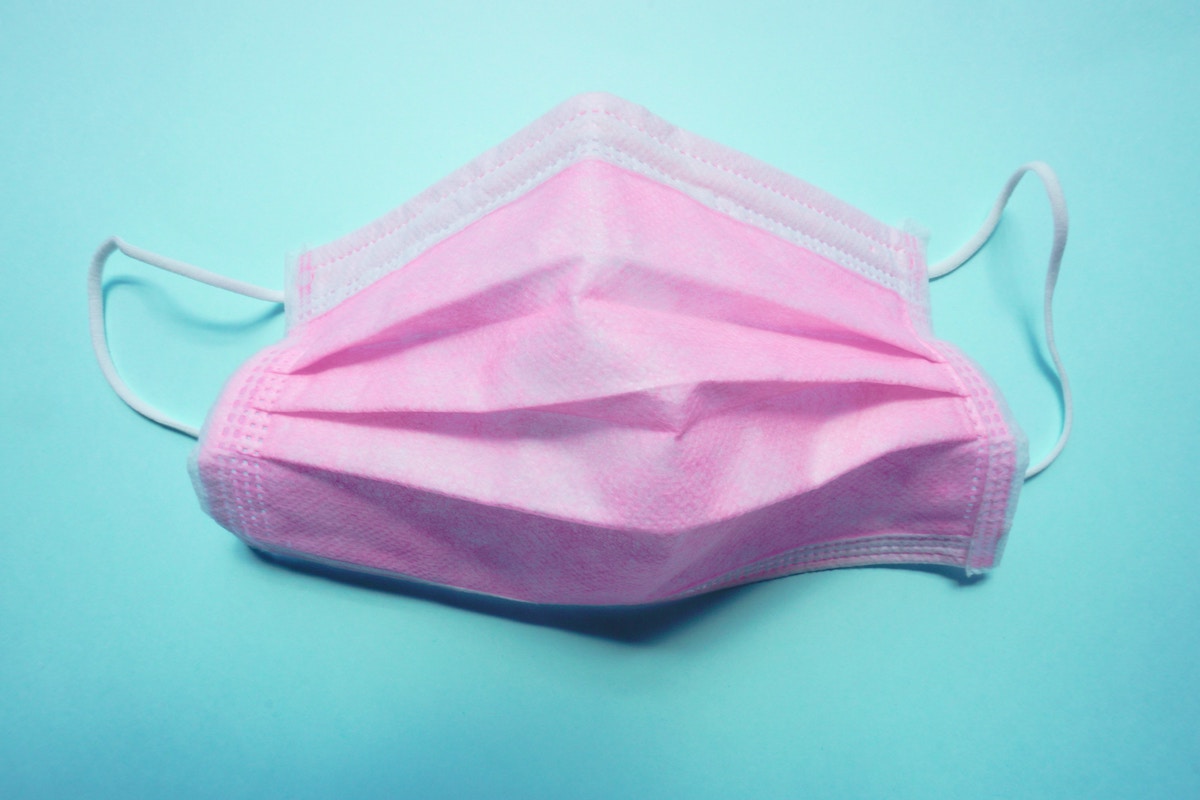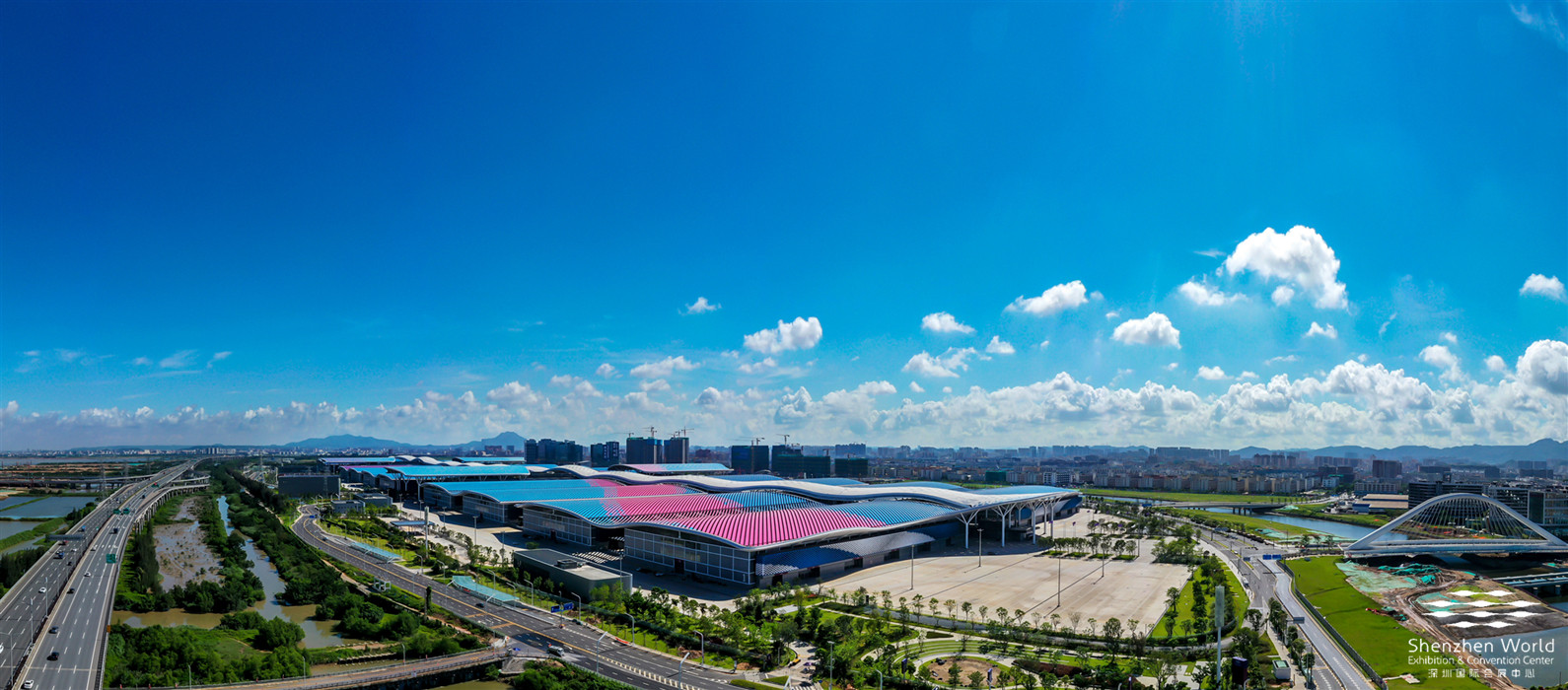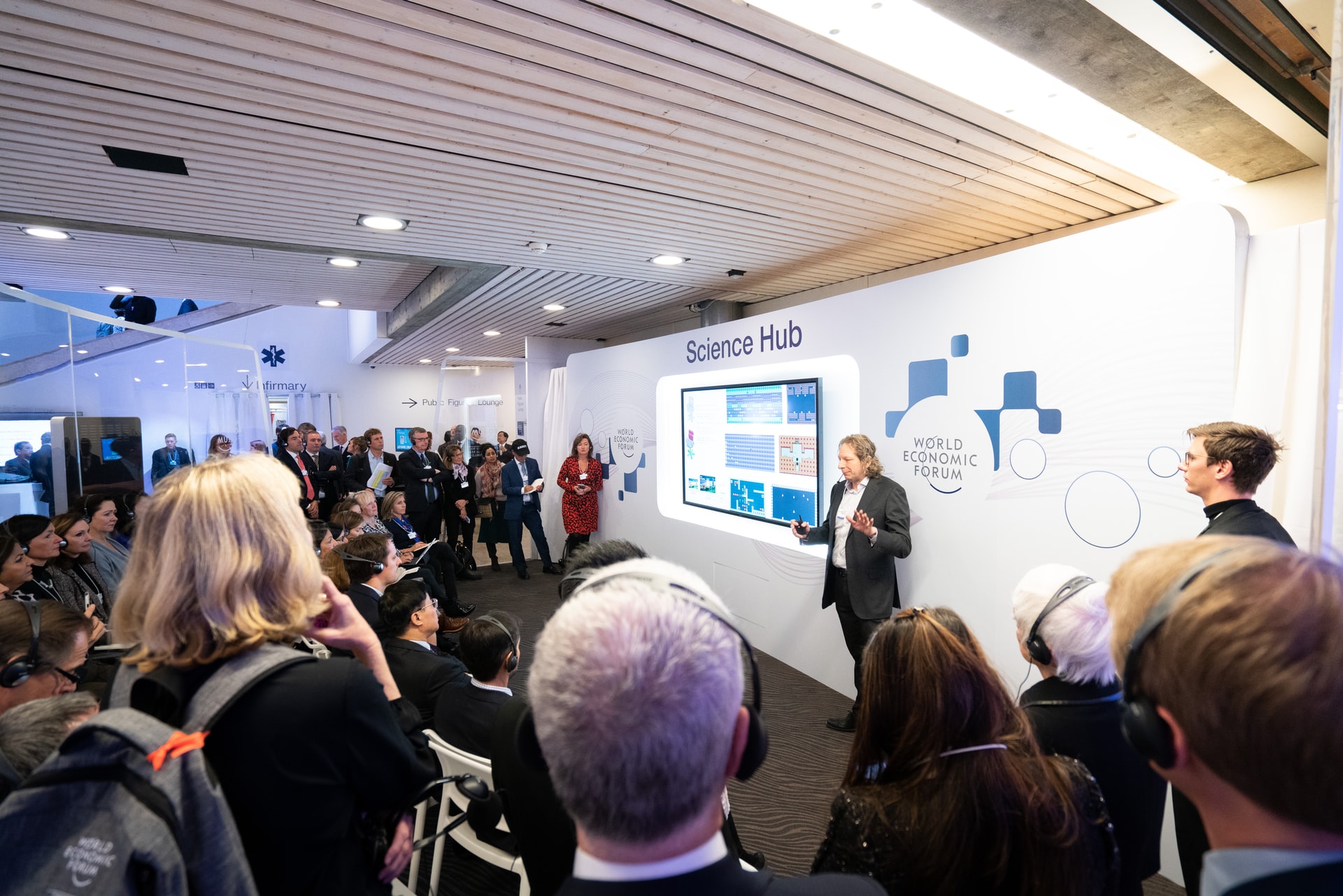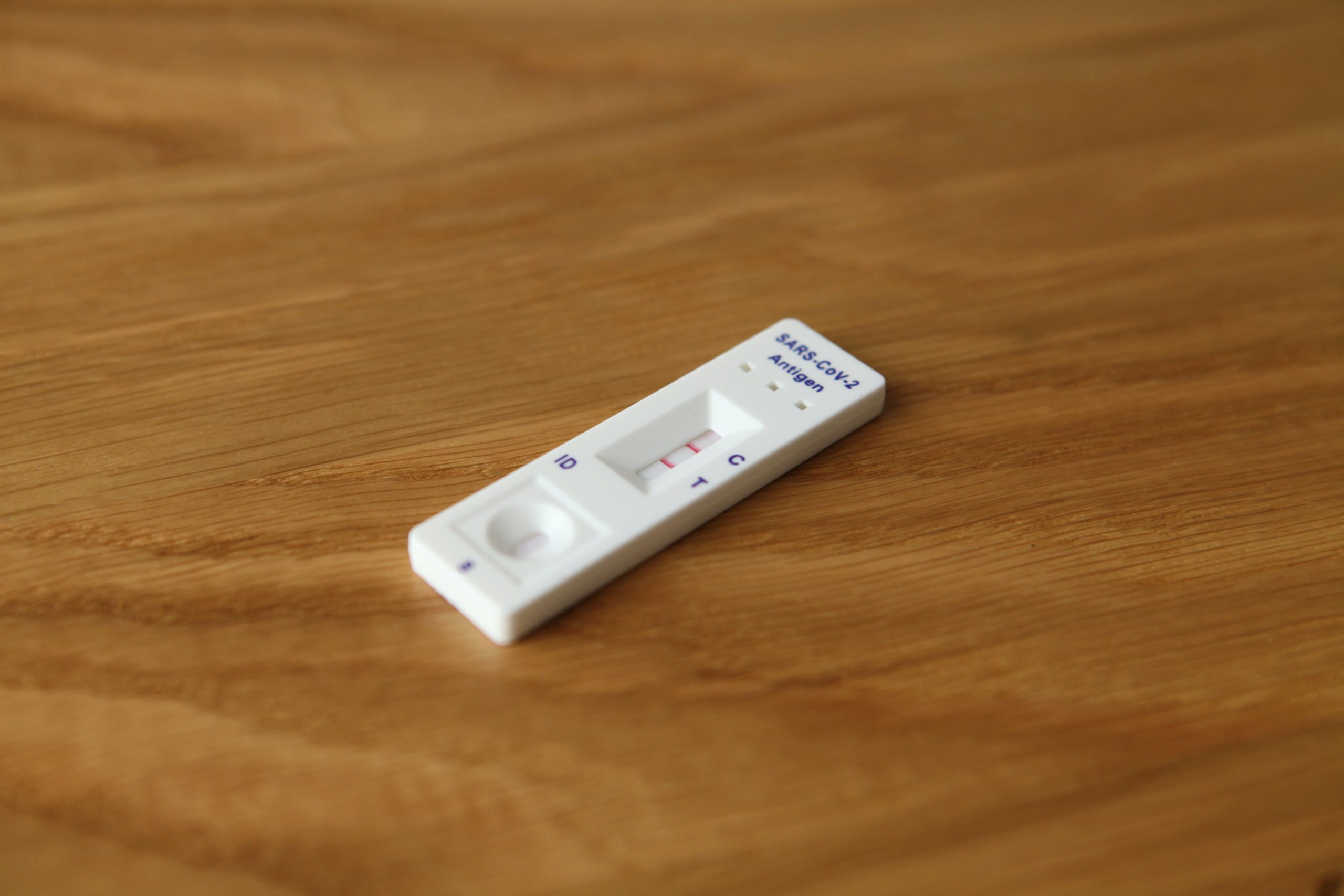Skift Take
As coronavirus cases continue to climb around the world, planning event bubbles may be the only chance to go back to in-person meetings. We explore the prospect of bubbles happening within the industry.
As part of the Future of the Event Industry, I talked to Dan Berger for a pre-event chat on the future of events. He invested in an event company that put together Elements Arts and Music Festival, a music festival for 200 attendees in Northeast PA.
I was captivated by a measure he discussed: They tested all attendees three days before the event. If you wanted to get in, you had to wait eight hours in the parking lot to get access. If you turned out to be positive for COVID-19, you’d get a refund.
What a pioneering and interesting idea.
But maybe one that doesn’t necessarily remove risk altogether. Someone could have contracted the virus in the space between the testing and the results.
The idea made me think about basketball.
The biggest experiment in epidemiology is currently happening at the Walt Disney World Resort, where the participants are some of the highest-paid sportspeople on the planet: NBA players.
Someone had the idea to lock down hundreds of people for several weeks, test them continuously, and prevent contact with the outside world — all to allow the show to continue. Players who tested positive were quarantined and are now back with their teams. The 2020 season resumed last week. No fans, but we can finally watch some sports on tv.
This experiment is far from perfect. There are many variables that made some epidemiologists concerned, yet it seems to be a very interesting idea that mitigates a lot of the risk.
The idea stuck with me. I started to ask myself, what if we could have event bubbles?
Let’s Clear Event Bubbles With a Doctor
As The Future of The Event Industry was approaching, I could not give up the opportunity to ask Dr. Labus about the potential to secure events by implementing bubbles.
He did not seem impressed. What about people going back to a hotel? Coming back the next day?
What about testing?
Incredibly valid objections. With very straightforward answers, I believe.
As we navigate towards smaller, local meetings, I truly believe that event bubbles might be the safest and most cost-effective way to go back to live events.
In order for bubbles to happen, there are certain conditions that need to be met. Some of these may seem far out, yet I believe that, in this moment of distress, it is key to keep all avenues open. Planners insist that only a vaccine would give them the peace of mind to go back to live events. Others point at a better cure for the disease. We probably need all these conditions to materialize to really expect a solid comeback.
So let’s explore.
Faster Testing
Testing is one of the biggest problems we currently face to contain the virus. I am writing from Las Vegas, Nevada, and currently you have to wait for a week to get test results. This is of course useless as I could contract the virus in the space of 7 days if negative or keep spreading it if positive.
During our chat, Dr. Labus also stressed that temperature checks offer some level of mitigation, but this strategy is fraught with problems, like their uselessness in tracing asymptomatic spreaders.
If we are thinking about locking our attendees in a coronavirus-free area (aka event bubble), we need better and faster testing.
Dr. Labus stressed that there is still a 30 percent failure rate with testing.
Our hopes are linked to devices such as the recently FDA-approved one by Bencton Dickinson, which offers a result in 15 minutes. The device showed an 84 percent accuracy rate with 3 percent false positives.
Each device costs $200/300 and each test costs $20.
Having results within 15 minutes means that substantially larger events of 1,000 to 2,000 participants could go ahead without any further COVID-19 related measure. A game-changer.
The announcement of such devices comes as the UK just made publicly available a 90-minute turnaround test. Things are progressing faster than we thought.
Would it impact the bottom line? Of course. Would it mitigate 100 percent of the risk? No, it won’t.
Yet this is possibly one of the strongest opportunities we have to give a sense of safety to attendees. This is the game we are actually playing. It is not just a matter of battling the virus, it is a matter of giving attendees the peace of mind to attend.
Venues Need to Cooperate
In order to achieve an event bubble, venue partners will need to be on board. The support staff will need to go through the same level of testing and be confined to the venue for the duration of the event.
This may pose challenges, but considering the steps venues around the world are taking at the moment to see some level of business come back, it does not seem outrageous.
A single point of entry for the event will be necessary, and attendees should be aware that once they leave, they cannot come back. The event entrance should be constantly monitored by staff.
Once in though, we could experience all the things we have been missing for a while: handshakes, high fives, shouting, buffets — and yes, even the closely connected chairs of busy conference rooms.
The space available for such an event would need to be versatile. As attendees are restricted to a specific, closed space, they will need one area to learn, one to refuel, and one to be entertained in.
One Day Programs Should Be The Default Option
Increasing the duration of the event to more than one day implies another day of testing, which could be more than anyone is ready to take on at this point. Attendees may get tired of waiting in line to get in for a second day, and the expense may become too significant for planners.
Therefore, shorter programs could become event bubbles. Travel would not be a problem (if allowed by the local government, of course).
Executing the event in a single day removes the risk of outside elements such as trips to hotels from the picture.
Bubbles Require a Lot of Motivation
The fact you are mitigating risk at your event does not mean the experience of attending your event is a safe one. Many attendees will still need to travel to the venue, take public transportation, sleep at a hotel, eat at restaurants before and after.
All these activities increase the risk of contracting the virus. Therefore even if your event is a safe haven, it’s highly likely that everything surrounding it is not.
At the moment, prospective attendees at live events may fall into the following categories:
- Those that don’t care about the risk. They think this virus is like the flu and can’t wait for things to resume. They will attend as soon as you give them a chance to.
- Those that are not sure. Some prospective attendees are not sure about the risks of attending events. They may attend if the event is close enough, they can easily commute to it, and you give them reasonable reassurances of safety.
- Those that would never attend. Some attendees may be prevented from participating by their business or by underlying health conditions that expose them or those close to them to higher risk should they contract Covid-19.
You may easily win the first category without any measure whatsoever. In fact, we have seen a lot of those attending parties and gatherings while thousands were dying every day.
For the other two categories, they would really need to love your event to show up. There should be something unique about it that makes it one not to miss. Something that could only happen live and could not be replaced by virtual events.
Bubbles Can Be Cheaper Than Non-Bubbles
Bubble events cost only as much as (if not less than) non-bubble events for the planner. If you consider the dozens of pages of security recommendations the WHO and CDC have put together for events to happen, the bill at the end of the show will be incredibly high.
Once the concept has been proven, the potential to save on these measures is a strong argument for a strategy that essentially entails testing. All your staff PPE, the point-of-care for those with symptoms you would have to arrange, physical distancing furniture, contactless food delivery arrangements, implementing sanitizing measures — these carry an incredible weight that will impact on the bottom line, especially with a reduced capacity.
On the other hand, bubble events would just carry the cost of the test. After that, it would be an event as usual — including capacity, which is one of the most significant hurdles discouraging planners from going back to live altogether. Break-even is impossible with events at 20 to 40 percent capacity.
Liability is another aspect that event bubbles could support. If panners can show that they took the safest measures available to avoid the risk of spreading the virus, testing being the most reliable right now, the risk of being sued would decrease significantly — especially if done in conjunction with other measures.
If we take as an example a recent event in the USA with 2,000 attendees in an area with the highest growth of cases in the nation, we can only imagine the liability nightmare the planners are facing (exacerbated by having advertised safety measures that were not implemented in practice). Attendees of this event shared pictures on social media that showed a lack of distancing and several last-minute manual changes made by individuals that hardly fell into the category of ‘planners’.
IN CONCLUSION
Will event bubbles save our industry? Probably not by themselves. Yet we can start to imagine safe zones in which our guests can gather. As technology progresses and the whole world is working to find a solution to kill this awful virus, we can only expect progress.
Maybe it won’t be 15-minute testing; maybe it will be some other form of technology.
Yet we should keep an active eye out for solutions that could reinstate trust and a sense of security in our audience. The industry needs to find more of these solutions. We need to voice our needs to technology companies, venues, and suppliers.
Let’s see what happens.
